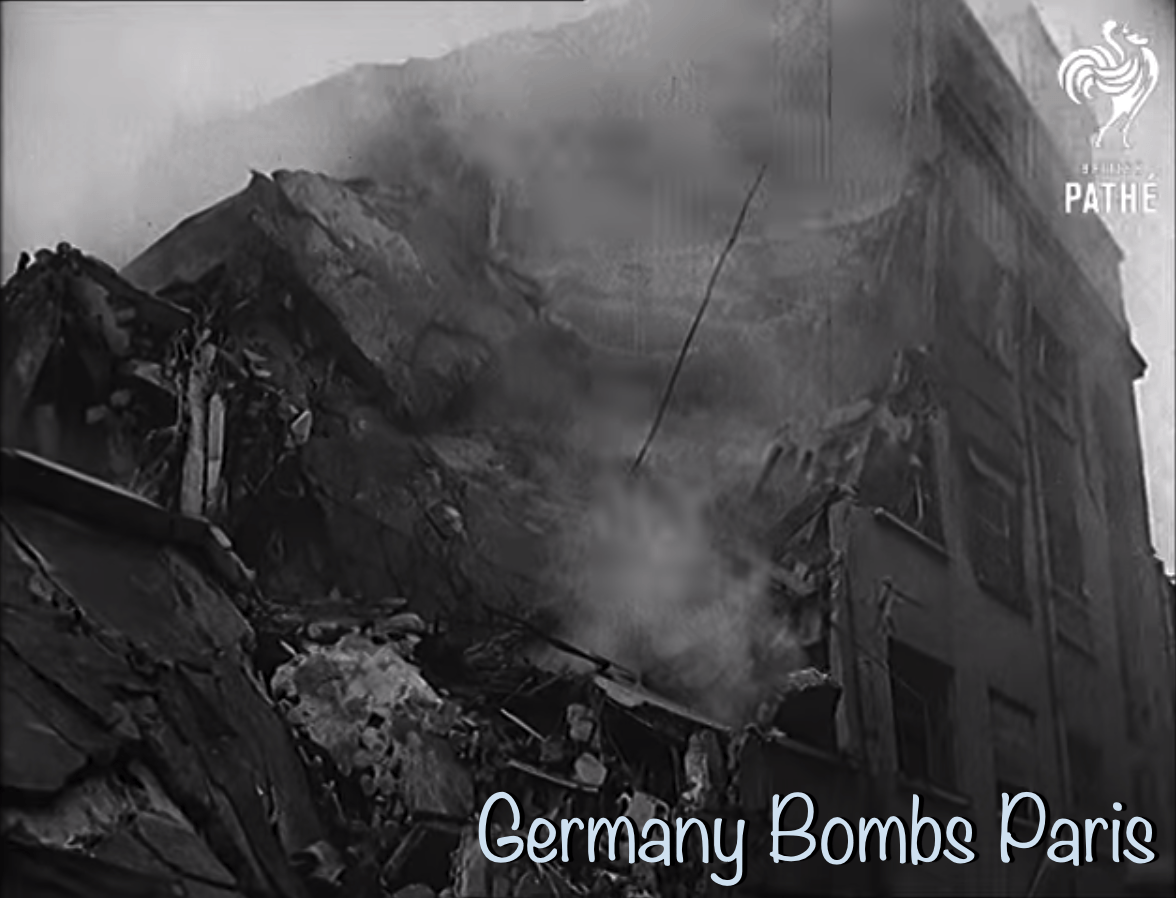
Battle of France
After spending four years fighting in the crude trenches of WWI, the French smartly built the Maginot Line, a series of sophisticated fortifications that France believed would protect them from German invasion. But, as we already know, they didn’t bother to build it along the Ardennes Forest because they believed it was “impenetrable.” That, of course, was their first mistake.
Hitler’s armies invaded France (and the low countries) on May 10, 1940.
Initially, Hitler had planned to invade these countries right on the heels of their victory over Poland. However, those plans had to be postponed, due to bad weather. Their plans were once again postponed in January 1940, when “a German plane crashed in neutral Belgium, with a copy of the attack orders on board” (Source). At this point, France was probably (maybe) feeling pretty good about their chances of not being invaded by Germany.
But, then, of course, May arrived, and with it, Hitler’s forces. During those months, Hitler was forced to rethink his invasion plan. With the help of General Erich von Manstein, who proposed that they attack France through Belgium and Holland. After all, that would mean conquering three countries for the price of one! Err, so to speak.
The Allies would never suspect an attack through the Ardennes (clearly). And to further insure their success, the Nazis planned to employ blitzkrieg-like techniques.
By heavily concentrating their tanks into Panzer formations (armored), they were able to outwit the French, who had spread their own tanks much too thinly. “Manstein’s plan envisaged these Panzer divisions in a semi-independent role, striking ahead of the main body of the army, to disrupt and disorientate the Allies” (Source). But this plan was not only much riskier than the Poland invasion plan, but it was also much more ambitious.
[Below: Invasion & fall of France]
On May 10, the Nazis invaded both Belgium and Holland (and also a number of other countries). They began the attack with air raids, followed quickly by parachute drops or large numbers of troops. “The speed of the German advance and the brutality of the air raids gave them a huge psychological advantage, and on 14 May the Dutch surrendered” (Source).
The Allies responded, relatively successfully, on the attack of Belgium. They did not do so well in Holland, however, and they were pushed back. Then, on the 13th, troops marched through the Ardennes, on the River Meuse. Crossing the river involved a two-day battle. The Allies fought hard, but despite some hard fighting by both the air forces and the tank divisions, the German tanks, led by General Heinz Guderian, broke through. With little to no opposition, thanks to most of the Allied troops still fighting in Belgium, the Germans reached the English Channel by May 20 – after a mere 7 days of fighting.
By the 21st, British tanks were at least able to meet Erwin Rommel’s 7th Panzer Division at Arras. But that was the last piece of good news, because, with the German forces pushing up from both the west and the south, the Allies now found themselves surrounded.
It was so bad that the Belgians surrendered on May 28, after a mere 18 days of fighting.
The Allies – and the French, in particular – were becoming desperate. The French attempted a change of personnel, switching out General Gamelin for General Weygand as Commander-in-Chief. But it didn’t help much. Then, on May 23rd, BEF commander, General Lord Gort, called for his own men to fall back to the Channel ports.
The French felt betrayed by this decision, and with good reason. But, it turned out that Gort’s decision was a life saver, at least for the BEF. They spent the next 10 days (May 26-June 4), planning out Operation Dynamo – or, better known as Dunkirk.
[Below: Aftermath of the Battle of France]






